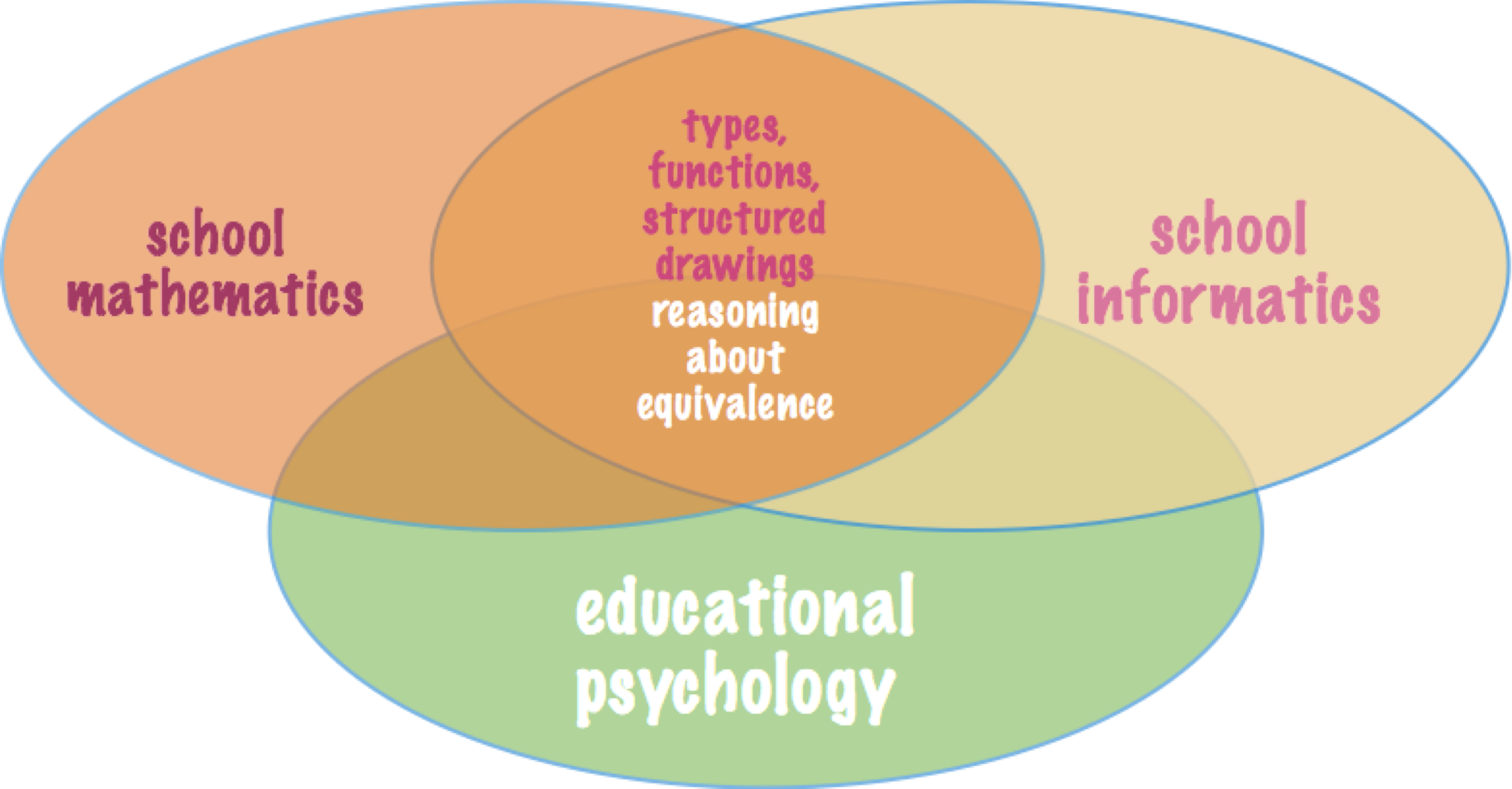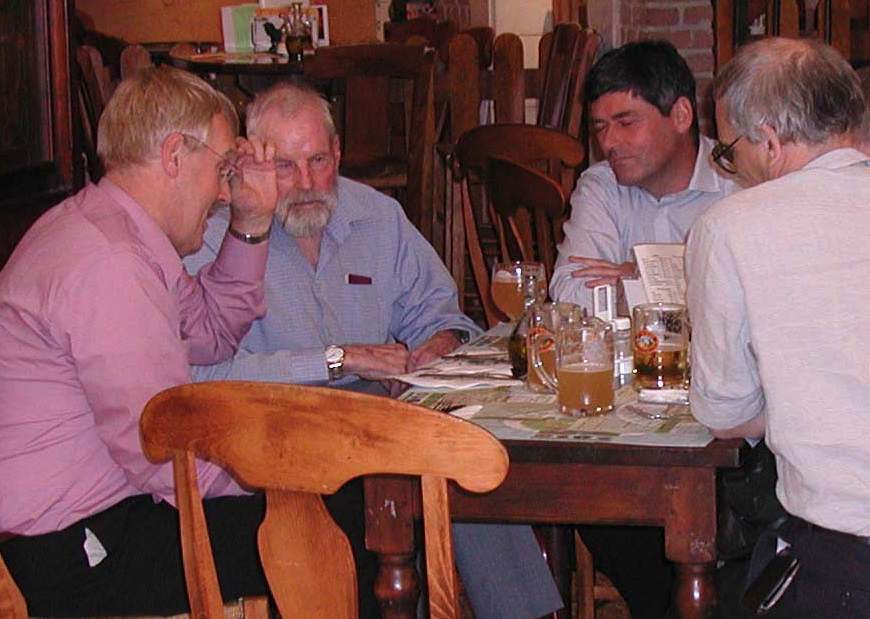1 Introduction

Figure 1.1: The landscape for improvement in school mathematics
This website, e-pub and pdf book (downloadable below) brings together influential research on the reform of the content and way of teaching mathematics in the UK conducted by mathematicians, teachers and learners working in partnership in a network of schools.
The movement for an intellectually ambitious mathematics reform called for by Bob Moses in the Front Matter also has deep roots in the UK. It was here that Caleb Gattegno and his colleagues founded the Association of Teachers of Mathematics in 1952. They investigated a simple reconfiguration of the sequence of concepts found in the traditional curriculum and mandated by followers of the influential developmental psychologist Jean Piaget. They found that this reconfiguration would overcome many of the difficulties teachers and pupils face. Gattegno claimed that he could cover the traditional primary arithmetic curriculum in 18 months. Instead of encountering the four operations and fractions as functions, then algebra, in succeeding years, Gattegno introduced all these ideas together, initially for small numbers, at Key Stage 1 (Gattegno 1986).
We now know from informatics and mathematics research that modelling the concept of number in this “object-oriented” way helps learners to think clearly and efficiently about number systems (Benson 2011) (Cheng 2022). And we know, from recent studies of how we learn, that Gattegno’s pedagogy prefigured our modern understanding of how the brain itself works (Gattegno 1987) (Young and Messum 2011) (Dehaene 2020).
The obstacles that centrally mandated curricula and disciplinary boundaries place before teachers and pupils are one reason for the persistent shortfall in performance by pupils on secondary transfer. We call the new landscape for mathematics education, illustrated in Figure 1.1, Curriculum Zero. It is time for government, teachers, educationists and parents to work together to realise it (Financial Times, 2022).
1.1 About us
Sociality Mathematics CIC partners on mathematics school improvement with teachers, researchers and schools in California, New York, England and Wales. We are a social enterprise, asset-locked to Churchill College in the University of Cambridge. This website describes some of our influential partnerships and our approach to co-design of school curricula with teachers and learners. We are grateful to the authors for permission to reproduce the material in this digest.
To date we have worked with over 30 stakeholder schools. This target was set with Dick Tizard, a founding Fellow at Churchill and pioneer of university outreach. Described by Lord Broers, a former vice-chancellor of Cambridge University, as Cambridge’s most significant Senior Tutor of the post-war years, Dick Tizard promoted “access” long before the term was coined.
The picture shows Dick with sometime members of the College Council discussing the progress of the project in 2005.

Figure 1.2: Julian Filochowski, Dick Tizard, Michael Smyth and Ian Benson
1.2 The initial brief
Our initial assignment was to re-evaluate Gattegno’s proposal for mathematics curriculum reform for Charles Clarke, then Secretary of State for Education. The SoS wanted to get better value from the government’s substantial investment in computer technology in schools. We were instructed by the DfES Innovation Unit not to create a new method of teaching, rather we were to re-evaluate a long standing initiative, assess the barriers to diffusion, and propose how new technologies for professional development of teachers might overcome these obstacles.
That work was carried out for the North West Leicestershire Primary Strategy Learning Network parents.sociality.tv.
These early years were written up in articles in Prospect Magazine and in the alumni magazine of the University of Cambridge Computer Laboratory: Letter from Whitehall and Can Computer Science Rescue Mathematics Reform?